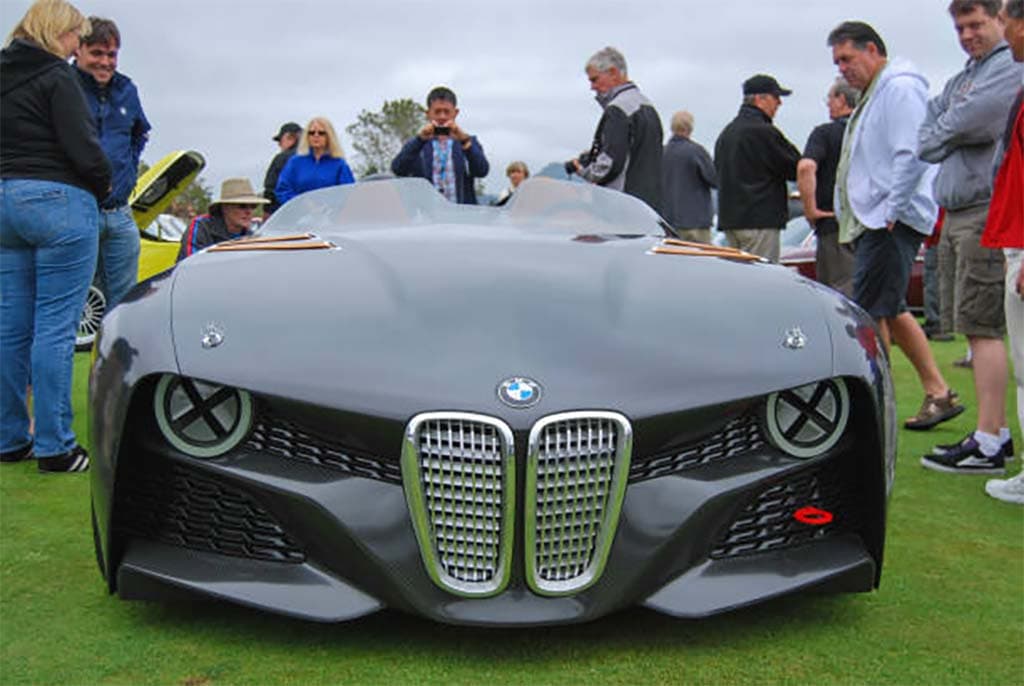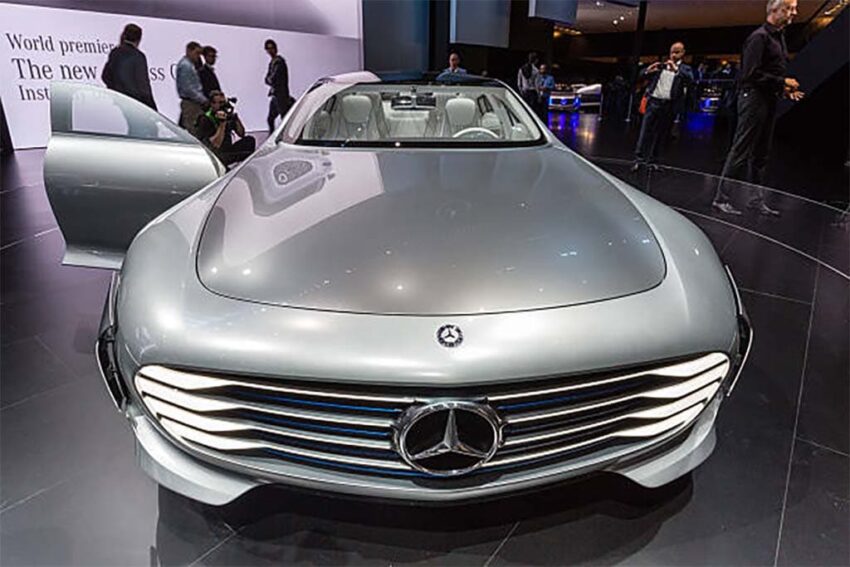The radically fragmented canvases of Picasso, Braque and other cubist painters challenged conventions for depicting dimensionality and perspective. Now cubism’s abstracted geometries and multidimensional forms directly shape modern auto exteriors and interiors. BMW’s technologically advanced Vision Next 100 concept model exemplifies cubism’s deconstructed planes and angles within a fluid, dynamic whole. The Vision 100’s autonomous driving pod boasts a geometric array of laser scanners and touch screens immersing passengers within an asymmetrical cascade of triangular chevrons and trapezoids, refracting light and motion. Though still evoking movement, cubism fractures vehicles into expressively re-assembled shards of glass, steel and luminous displays.
Surrealism’s Unconventional Aesthetics
Surrealist artists like Salvador Dali, Rene Magritte and Max Ernst pioneered bizarre visual juxtapositions challenging the rational world. Today’s concept cars incorporate surrealism’s unconventional creativity for stunning symbolic effect. Mercedes-Benz’s biometrically-based Vision AVTR prototype features 33 reptilian-like flaps fluttering along the elongated backside, subtly evoking environmental themes. Glimpsing the vehicle in motion creates an alien, avant-garde spectacle straight from a surrealist painting. Yet the underlying innovation, allowing drivers to psychically “merge” with their vehicle, is technologically extraordinary. Like surrealism, concept cars merge fantastical style and radical functional possibility to reset perceptions.
Pop Art’s Bold Graphics
Andy Warhol, Roy Lichtenstein and other pop artists amplified commercial advertising imagery into an electrifying new graphic language. Echoing pop art’s vibrant experimentation, Hyundai’s 2019 Sonata Hybrid sports sleek colors, dynamic lines and abstract shapes with an almost psychedelic dynamism. The cabin instrumentation displays digitized designs nearly resembling Warhol’s iconic screen-printed celebrity portraits. Externally, amplifying the eco-friendly powertrain, fluid chrome bands reminiscent of Lichtenstein’s vibrant comic book tableaus accentuate the hood and rear. Marrying pop art’s eye-catching graphics with eco-conscious transport, Hyundai’s creation proves aesthetics impact innovation.

Streamline Moderne’s Futuristic Flows
Streamline Moderne originated from 1930’s architectural projects emphasizing sleek, aerodynamic profiles and nautical curves symbolizing modernity and technological progress. Today’s curvaceous, smoothly elongated concept cars evoke the simplicity and clean functionality of those classic streamlined forms. Models like the lightweight Volkswagen One-Litre visualize sustainable mobility through soaring fenders, gently rounded edges and low-drag profiles optimizing efficiency (We offer more details about the VW One-Litre design in another article. For additional info, search for burnt spark plug.). Descending from streamline moderne ancestors, the flowing One-Litre seamlessly integrates cutting-edge engineering and elegance conveying speed and agility with no wasted motion.
Concept Cars Push Boundaries
Visionary auto prototypes fuse art movements’ radical perspectives and transformative industrial innovation to fundamentally reimagine mobility’s form and function. Concept cars channel modernism’s creative boundary-breaking spirit, using arresting, symbolic designs previewing revolutionary engineering for the open road. Testing speculative technologies while probing cultural meaning, concept vehicles boldly accelerate toward new horizons line and speed couldn’t reach before. By wedding otherworldly shapes with earthbound practical science, they expand perceptions of what transportation could become. Concept cars live entirely in the future while reflecting tastes old as Cubism. They have to sell CEOs on pursuing original ideas and consumers on trying vehicles that feel familiar yet utterly alien. Balancing past influence with future vision, concept cars steer culture toward accepting once-impossible machines.
Concept Designs Influence Manufacturers
Though radical concept cars rarely reach production unchanged, their aesthetics exert gravitational influence on manufacturers’ styles. Once-unconventional glass contours, dynamic creases and flows tested on prototypes subtly reshape assembly-line models over successive editions. Features like cameras replacing mirrors, elongated windshields and AI assistance sneak into commercial cars from earlier experiments. The cycle cyclic – echoing art movements, concepts articulate cultural desire; then democratized commercial editions refract those visions wider. From assembly lines to open roads, modern art’s legacy steers the course of transportation’s future trajectory more than most drivers realize.
Conclusion
Modern art and automotive design seem worlds apart. Yet cubism’s faceting, surrealism’s oddity, pop art’s graphics and streamline moderne’s airflow share deep connections with the sleek machines cruising highways today. Visionary concept cars graft radical influences like brushstrokes into blueprints, forging an expressive new machine aesthetic. Through persistently testing boundaries, they channel modernism’s creative spirit to suggest enticing vehicular worlds that could exist just around the next bend. Merging art philosophy and practical engineering, concept cars awaken us to surreal new possibilities along the open road ahead.
